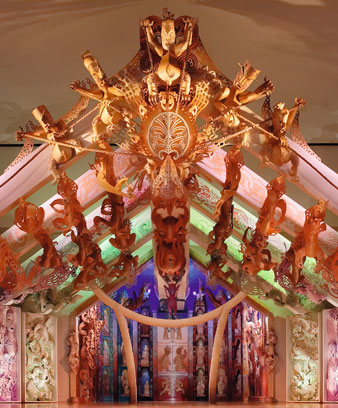Story summary
From bicultural to monocultural
Before te Tiriti o Waitangi (the Treaty of Waitangi) was signed in 1840, Māori and most British settlers lived within their own cultures. So-called Pākehā–Māori (Pākehā who lived in Māori communities) were among the first bicultural people, comfortable in both groups.
After the treaty was signed, the settler population grew rapidly to outnumber Māori. British traditions and culture became dominant, and Māori were expected to adopt Pākehā ways.
Honouring the treaty
From the 1970s Māori protested more strongly about issues such as land loss and breaches of the treaty. In 1975 the government set up the Waitangi Tribunal to investigate contemporary breaches, and from 1985 the tribunal could consider historic claims going back to 1840.
State-sector biculturalism
In the 1980s the government began to acknowledge that the treaty was New Zealand’s founding document. Government agencies began to recognise the languages, cultures, and traditions of both Pākehā and Māori, and some government reports advocated biculturalism. By the 2000s most government agencies had Māori as well as English names, and pōwhiri and whakatau (welcome ceremonies) were often performed at official functions.
Debates
The idea of biculturalism is debated. Some people think New Zealand should be a multicultural society that officially recognises the cultures of many different peoples, not just those of Māori and Pākehā. Others think that biculturalism doesn’t go far enough in supporting Māori culture and self-determination. They argue for Māori institutions under Māori authority, such as a Māori justice system or a Māori house of Parliament.





